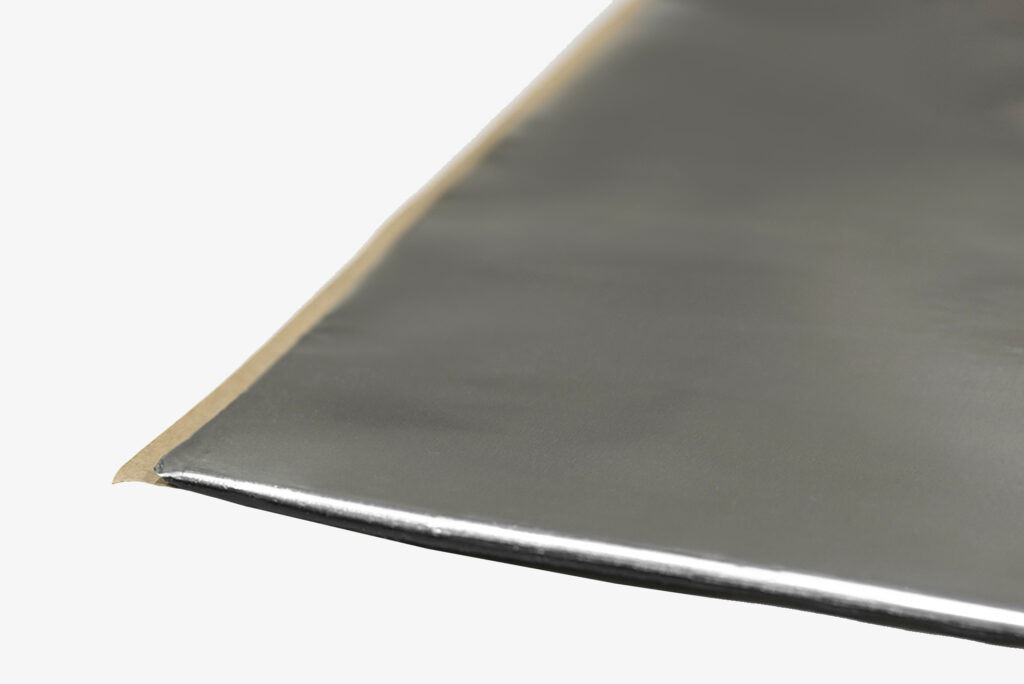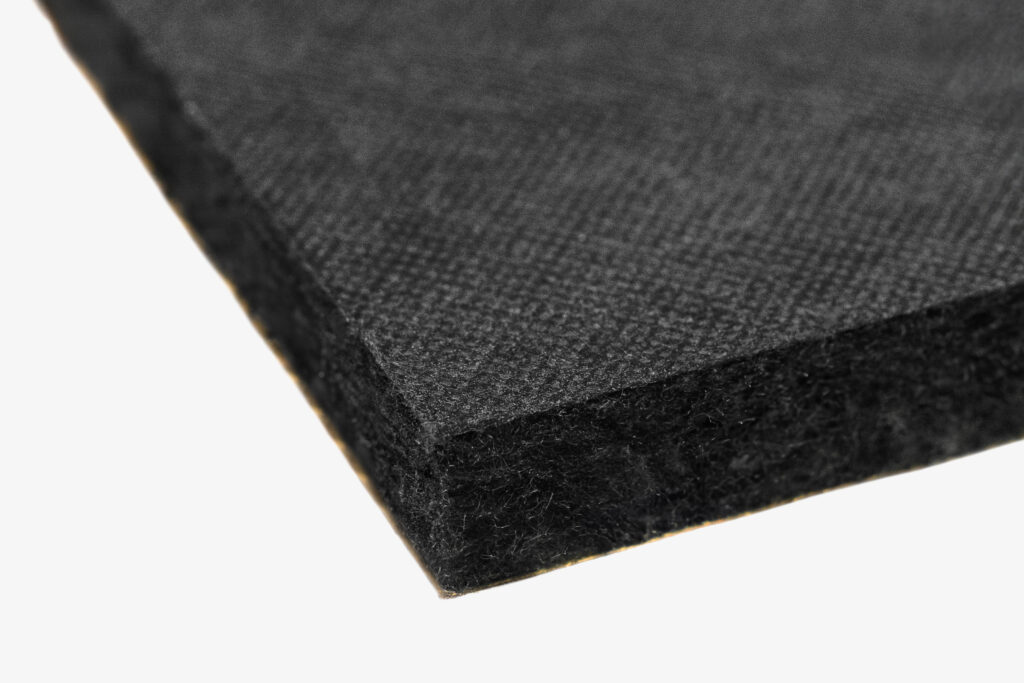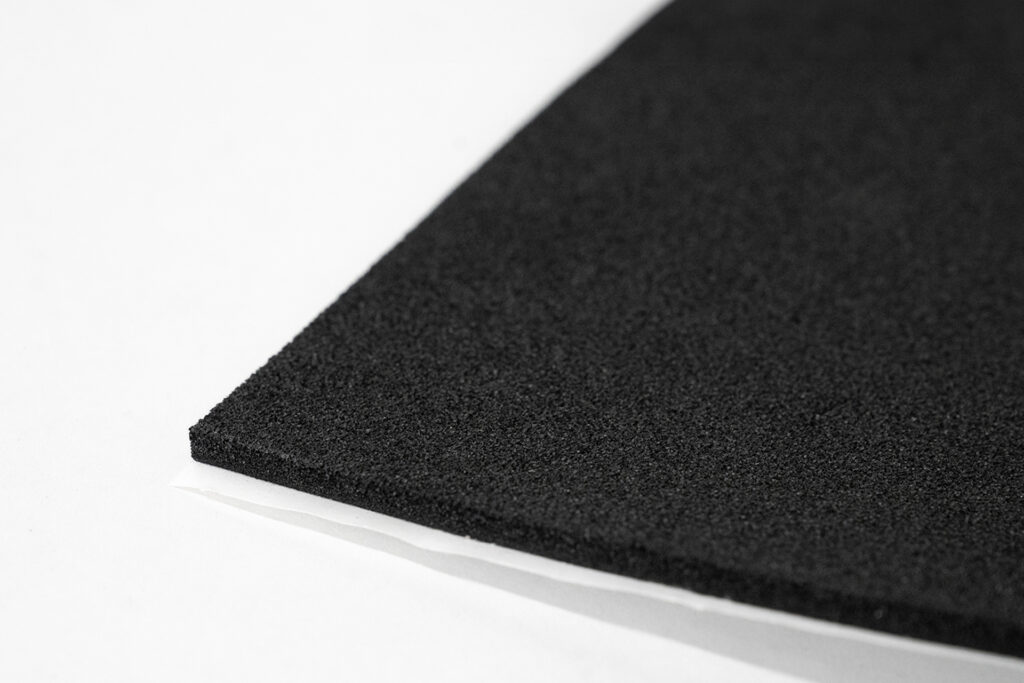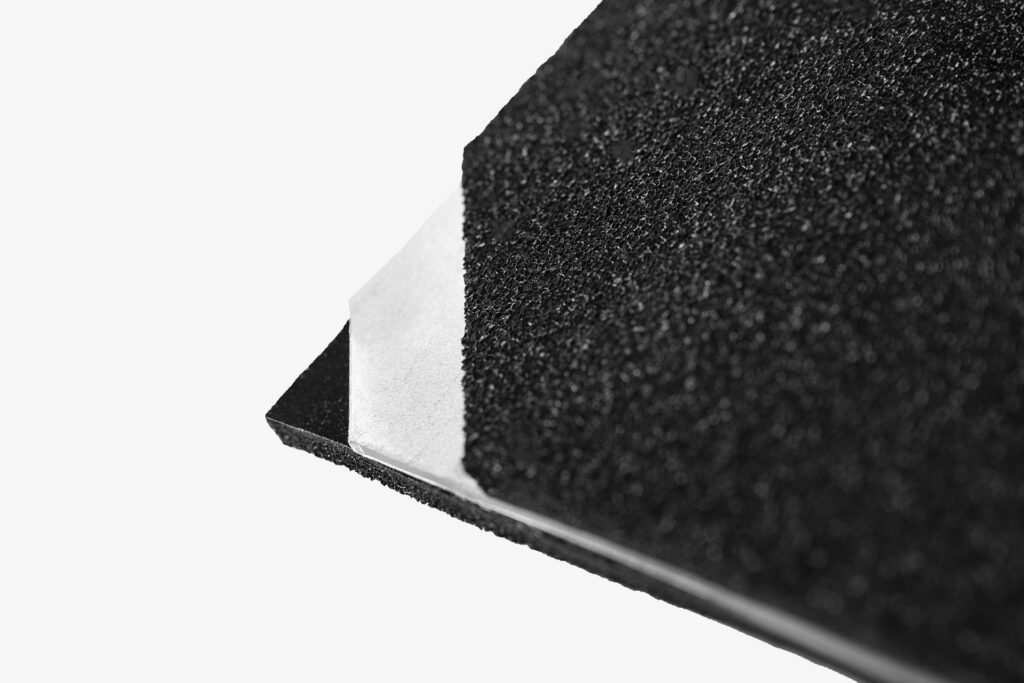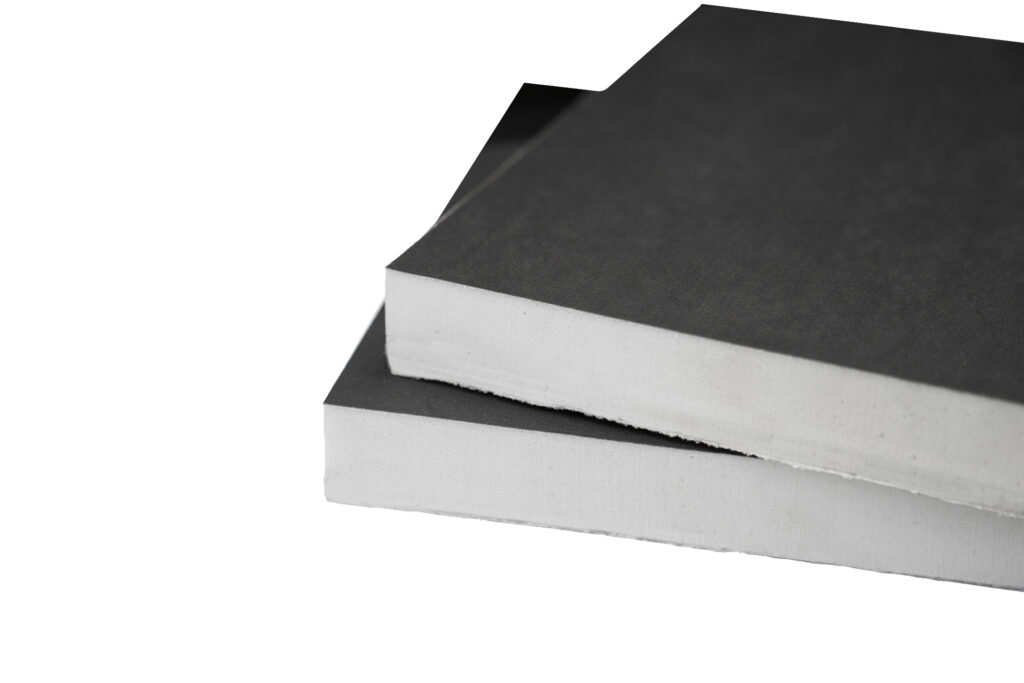Home » Shop – ResoNix Sound Deadening Material
Shop ResoNix
CLD Sound Deadening
ResoNix Sound Solutions offers the highest-performing Constrained Layer Damper Sound Deadener products on the automotive, marine, industrial, aviation, and aerospace markets.
Shop All ResoNix Constrained Layer Damper Sound Deadening Material
-
Sale!
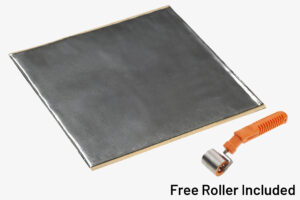
ResoNix CLD Squares: Sound Deadening Material
$135.00 – $340.00 This product has multiple variants. The options may be chosen on the product page -
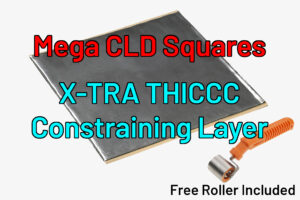
ResoNix Mega CLD Squares: Heavy Duty Sound Deadening Material – 20 Pieces (20 Square Feet)
$285.00 -
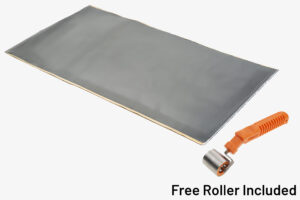
ResoNix LITE – CLD Rectangles – Lightweight Sound Deadening – 9 Pieces (36 Square Feet)
$140.00

ResoNix Sound Solutions is a company with a specialty in high-end car audio and automotive sound treatment that offers top quality products and services that provide superior performance in their respective categories. No gimmicks, no baseless claims, no nonsense. Constrained layer dampers, sound absorbers, decouplers, noise barriers, and car audio DSP tuning and consultation services are part of our line-up with a focus on data-backed, solutions-based products developed by professional enthusiasts, for enthusiasts.
Links

